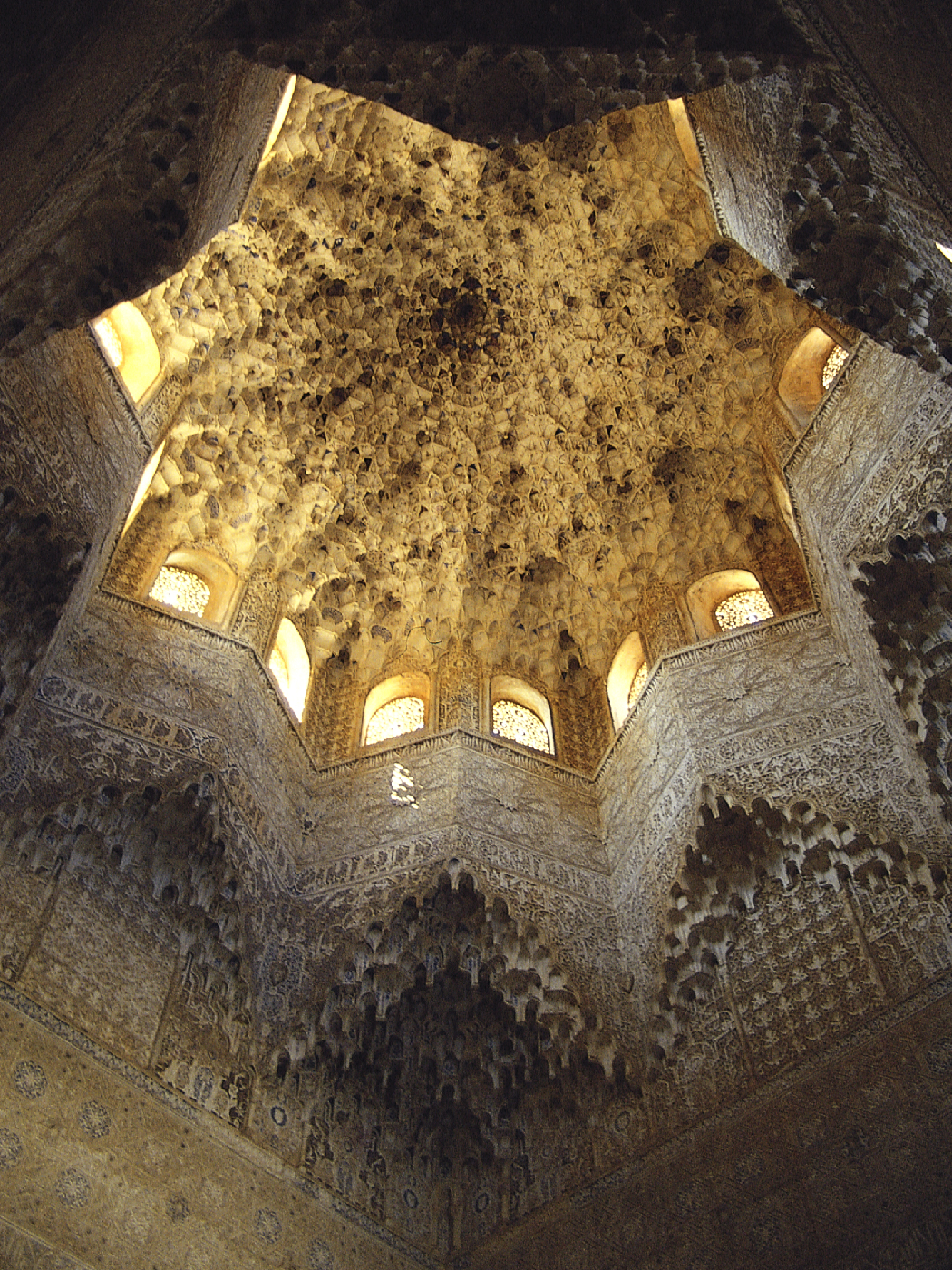Since the age of the stone monument developers many societies have kept on finding inborn otherworldly incentive in unadulterated stone. In India, fashioners cut out the stone precipices or out of pilled rocks, they fabricated their sanctuaries with subtracting workmanship. The structure of shake cut sanctuaries jam what nature gave. In India, there an excessive number of duplicated religion spread after Roman realm fell. Distinctive religion has diverse sorts of sanctuary structures where they utilize nature over and over. Buddhists bolstered the undertakings for chaitya corridors and viharas over the northern and focal locales of India, be that as it may, they didn’t assembled their sanctuaries changeless.
While they made their sanctuaries, they utilized wooden design tecniques within it and they utilized flat retires of stone. They assembled unsupported building – because of the nature-and they open one door chaitya. (which I said some time recently). Chaitya lobbies proceeds through a steed molded curve with struts and they cut under its recessed peak in impersonation of wooden purlins. Toward the finish of this continious lobbies, stupas lays on a tube shaped pedestral, topped with a square harmika. We see this anticipates early Christian basilicas, with a wide nave flanked by side ambulatories.
When we look their constructiom and advances they plant the square womb chamber to help a pinnacle and the pinnacle component which is shikhara, recognized the Hindu sanctuaries from their buddhist antecedents. The shikhars had ascenting lines of stallion molded gavaksha peaks, utilized as edges for figures.
After Indians buddhist sanctuaries, in the vicinity of seventh and ninth century, Islamic religion spread towards the center east domains. In contrast, Islamic religion spread truly quick and we can state that there is autorized religion in center east and Muslims didn’t need to stow away. So they manufactured their structures for all time. Additionally they assembled their sanctuaries ‘camii’ with minaret. What’s more, we can without much of a stretch match Islamic sanctuaries to Buddhist with tower-minaret use beside their sanctuaries. Be that as it may, they separate with their clique structures. The majority of the Camii’s has arch with little and immense scale which depends in what vault reason for. In that ages, they utilize arches at center of the structure to demonstrate Khalifas’ zone. They fabricated that zone to ensure Khalifas against the assanation. In any case, a portion of the sanctuaries have tremendous vaults in light of the fact that endeavoring to demonstrate magnificiancy of the Islamic religion. In Islamic sanctuaries, for the most part of them utilizing horse-molded curves on exterior and enterences same as Buddhist sanctuaries. A portion of the curves has twofold curve framework in their building aswell.
